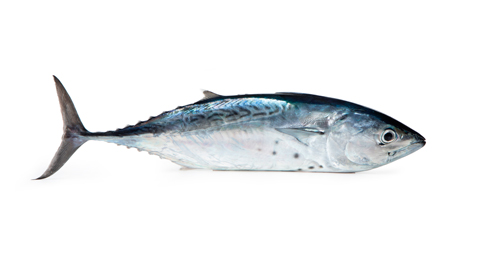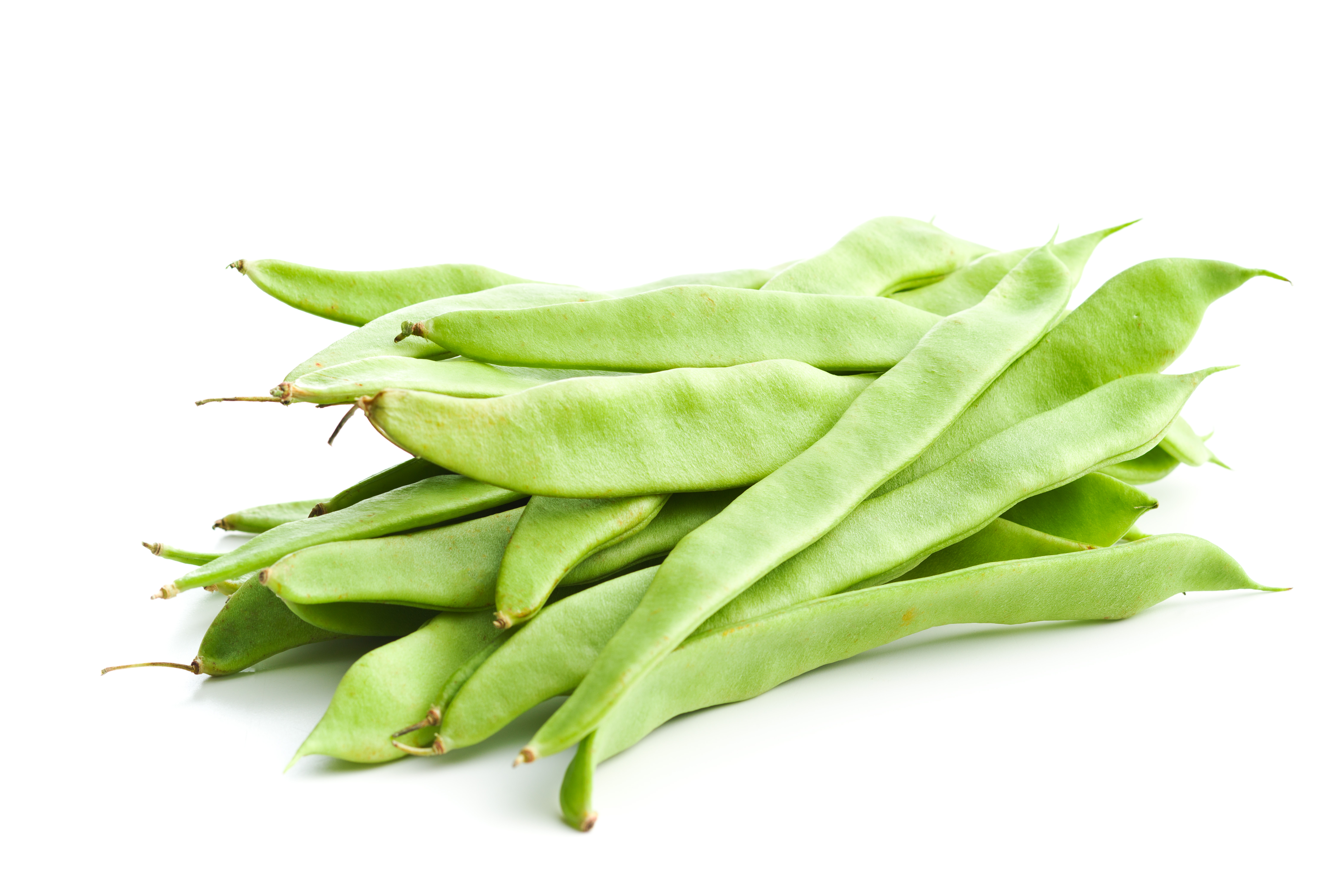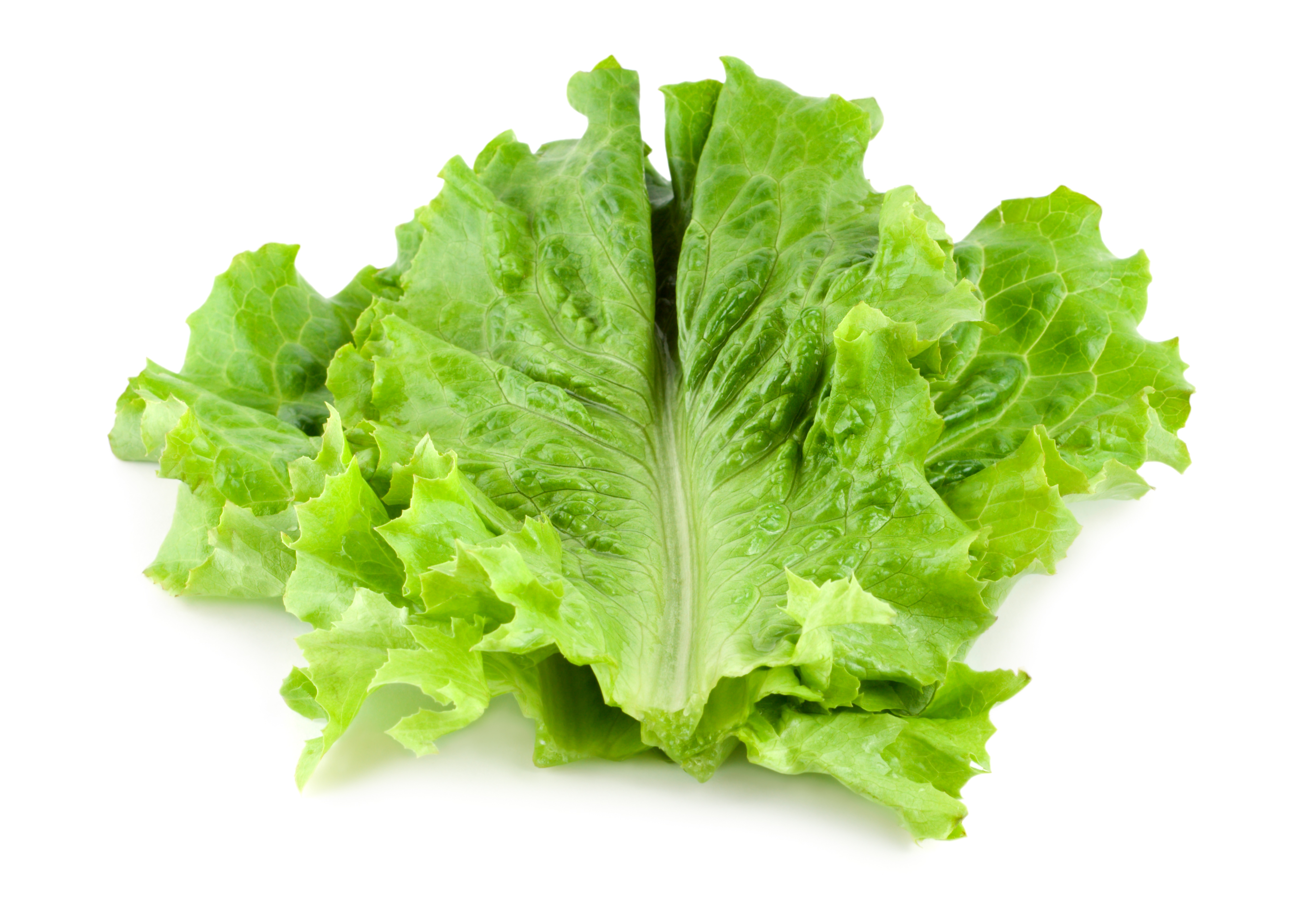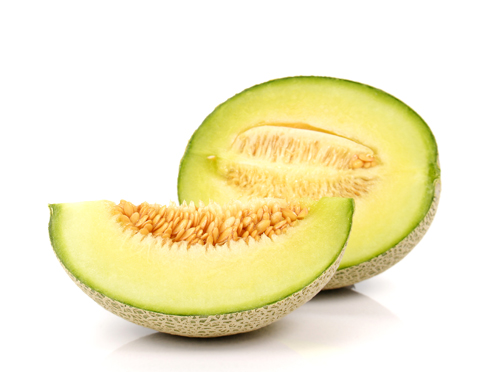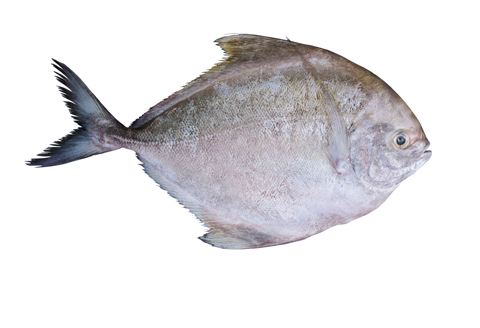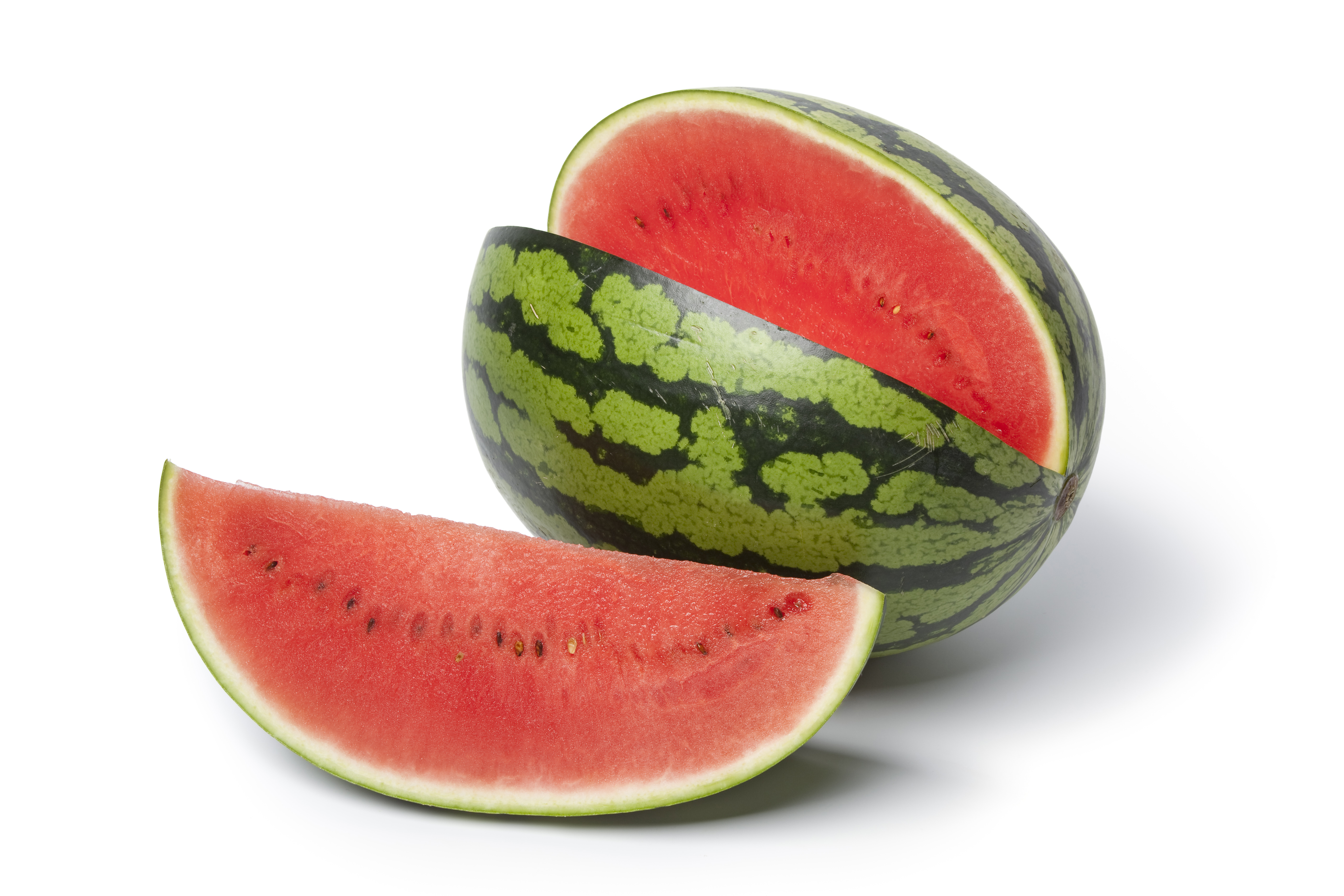Tomato
Tomatoes are the fruit of the tomato plant. They are red in colour when ripe, fleshy and juicy, with a smooth and shiny surface and pulp full of flat, yellowish seeds.
Tomatoes belong to the Solanaceae or nightshade family, which includes close to 75 genera and some 2,300 species of plants that produce toxic alkaloids. These include belladona, mandrakes and henbane. Few of the fruit from this family are edible, despite its considerable importance in our food.
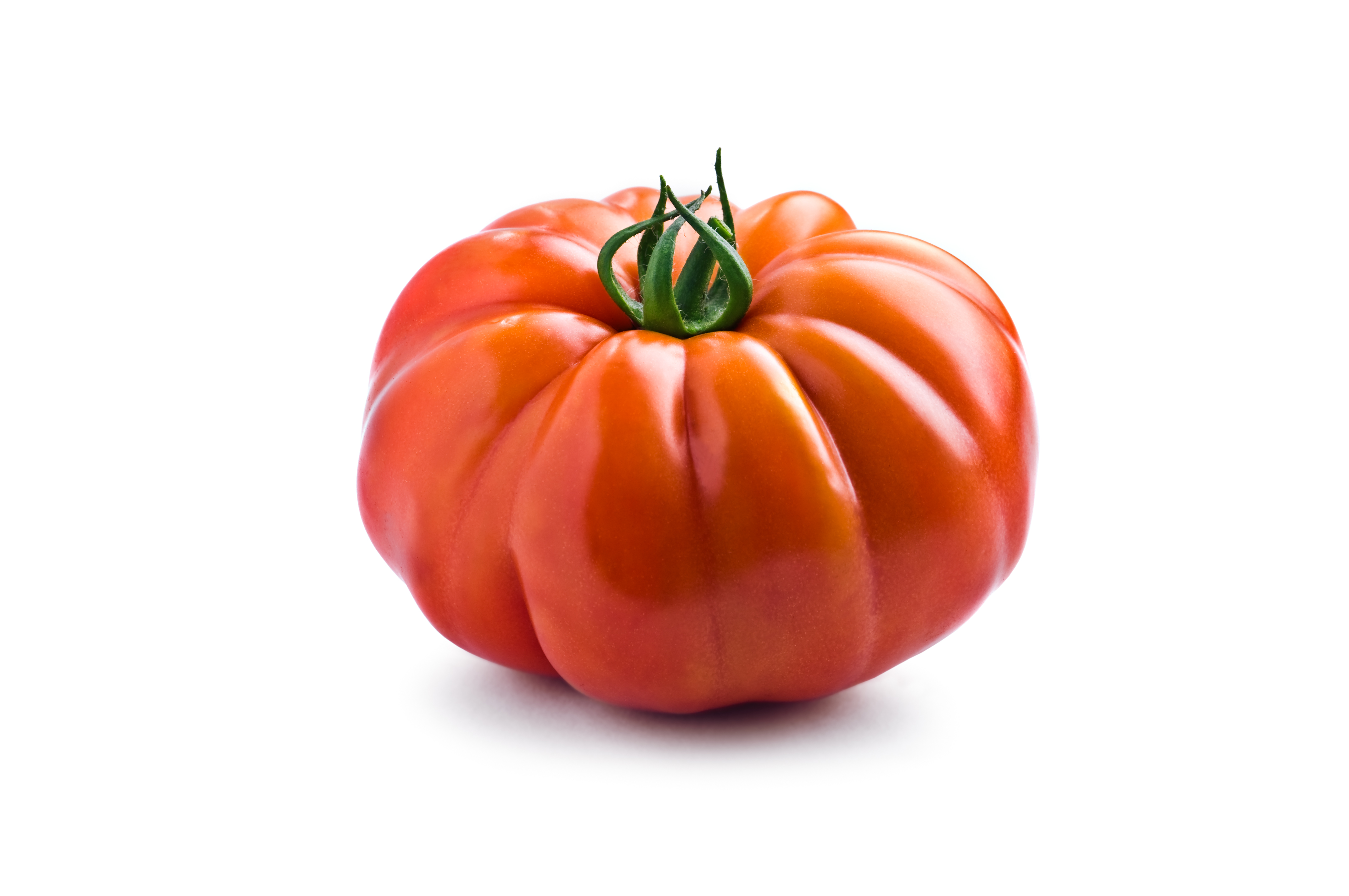
-
- Girona pear tomato: Highly popular variety. It is served raw in salads thanks to its sweet flavour and is planted in particular in Empordà and Girona allotments.
- Benach tomato: A variety grown in some farms in Tarragona counties, especially popular for their attractive appearance and intense flavour. Montserrat or Rosa tomato: A traditionally Vallès variety that has been reclaimed over the last few years. It is a large tomato, quite empty inside and pink in colour and pumpkin shaped, with gentle waves. It has a refreshing flavour, ideal for eating raw in salads and cold dishes.
- Ox-heart tomato: A typical variety from Majorca, large with numerous protuberances. It is very fleshy and tasty inside. It is one of the most popular varieties. It can only be found in markets in the summer.
- Branca or Penjar tomato: Native local variety. It grows in small clusters on the same branch.
- Apricot tomato: A variety grown mainly in El Bages. Its skin is yellowish and it has a very distinctive flavour.
- Rosa Ple de l'Etern tomato
- Pometa tomato
- Palosanto tomato
- Tardà tomato
- Pare Benet tomato
-
Tomatoes, as we know them, originate from the lower Andes, and were cultivated by the Aztecs in Mexico. The Aztec word tomati meant simply "inflated fruit" and the Spanish conquistadors called it tomato. Tomatoes, as with maize, were introduced to Spain by Columbus, during his voyages at the start of the 16th century.
The first part of Spain they reached was Seville, which was one of the centres of international trade at the time, with Italy in particular. It was in 1544 that the Italian herbalist (Mattioli) introduced his Latin term to Italy (mala aurea, later pomodoro, its literal translation in Italian). It even had aphrodisiac properties attributed to it in France, where it was known as "pomme de amour".
-
Tomatoes consist of several parts, which are: the inner part; the septa, also the locular cavity, a deep space inside; the pericarp, which is the outer skin; the placenta, which is the area where all the seeds are located; the mesocarp, which is the inner skin (beneath which is the pulp), and finally the seeds, through which the plant reproduces itself. All its parts are very tasty, meaning that practically the entire tomato can be eaten.
-
The tomato is a food that can be preserved in numerous ways, whether fermented, candied or sautéed, but not raw, as it ripens and ripe tomatoes are not normally eaten.
Mashed tomato is also used as it can be preserved, but not as long as when it is cooked.
One of the commonest ways of preserving tomatoes is by making them into a sauce.
-
Tomatoes consist of around 4% carbohydrates, which means they are very low in energy value but these carbohydrates give them a sweet in flavour,. The rest of the tomato is water (96%).
Nutritionally, they are high in fibre and vitamin C content (38 mg) and contain vitamin E and B-complex vitamins as well (pro-vitamin A, folic acid, phosphorus, calcium, iron and carotenes (300 mcg per 100 g) and provide 28 mcg per 100 mg). The latter help our liver to produce more vitamin A. They also provide us with fibre, potassium and selenium.
A curious component of tomatoes is lycopene, a natural antioxidant that comes from the red colour of the fruit, which helps with preventing type-2 diabetes and cardiovascular disease.
-
Tomatoes are a fruit when it comes to cooking, having more than one use in the culinary world, as they can be used as a spread and for making sauces.
They can be eaten raw or cooked. There are numerous ways to prepare them, the most common being to sauté them, to make them into a jam, to candy them or fry them, to name but a few.
As for dishes, tomatoes can be used in gazpacho, tomato soup, salads, carpaccio, tartar, ratatouille, samfaina and pasta with tomatoes, among other things.
-
Tomatoes are a product we can find in shops throughout the year, though it is only the ones in season whose intense flavour and aroma can be enjoyed. They have a huge range of`possibilities: raw, seasoned with onion, with different cheeses, in gazpacho, juices or creams, cooked and stuffed and when they are no longer at their best, in escalivada, sautéed with onion, garlic, carrots and other Mediterranean vegetables and herbs.
We can make the most of the abundance of summer tomatoes and their high quality to preserve them for the rest of the year and thereby enjoy at your convenience locally grown tomatoes, picked at the best time of the year. You can jar them raw, sautéed or in samfaina, prepare bolognese or concentrate sauces and freeze them in portions. Or you can make the most wonderful jam with them!
End-of-season tomatoes, which sometimes no longer ripen the same way, and can remain green or with a less intense flavour, can be eaten cooked or marinated in jars, in brine or by making a stock out of them, boiling them in water with salt, sugar, spices to taste and vinegar, which is all poured into a sterilised jar with green tomatoes inside, cleaned and with a cut. Once covered, the lid of the jar is closed and vacuum sealed with a water-bath.



